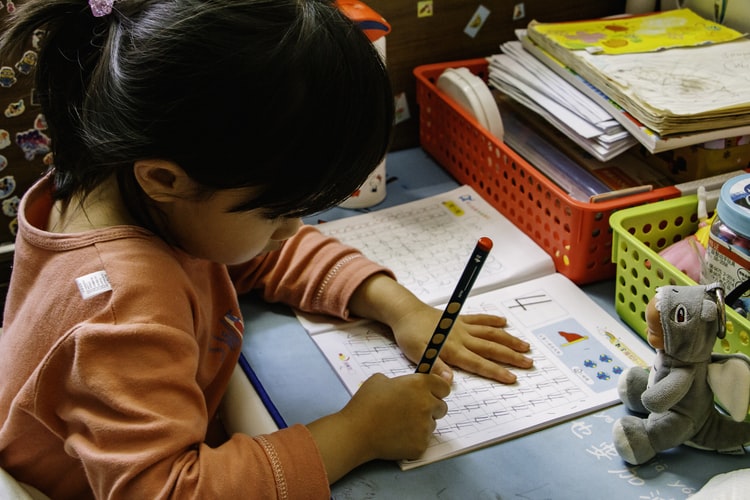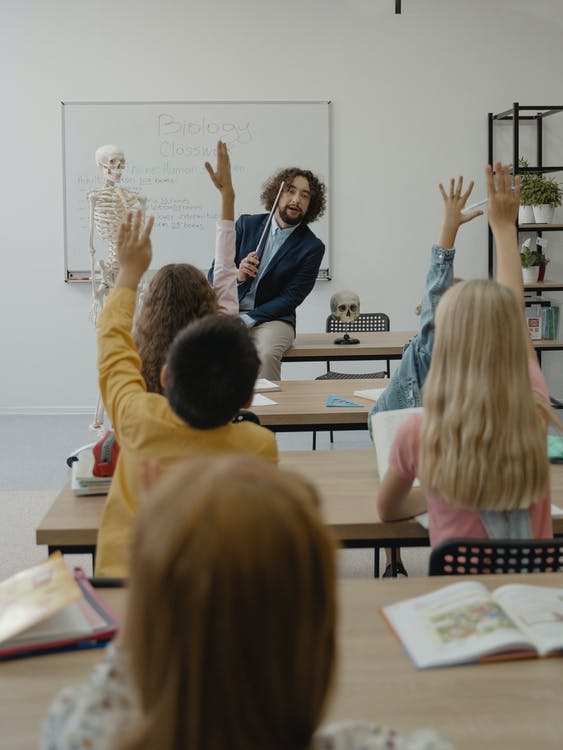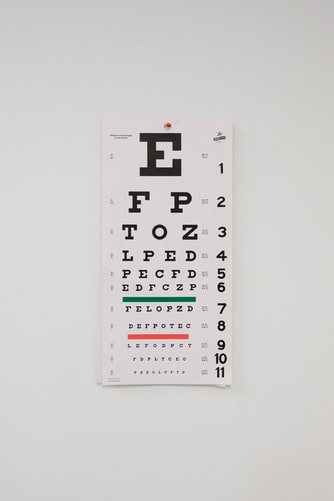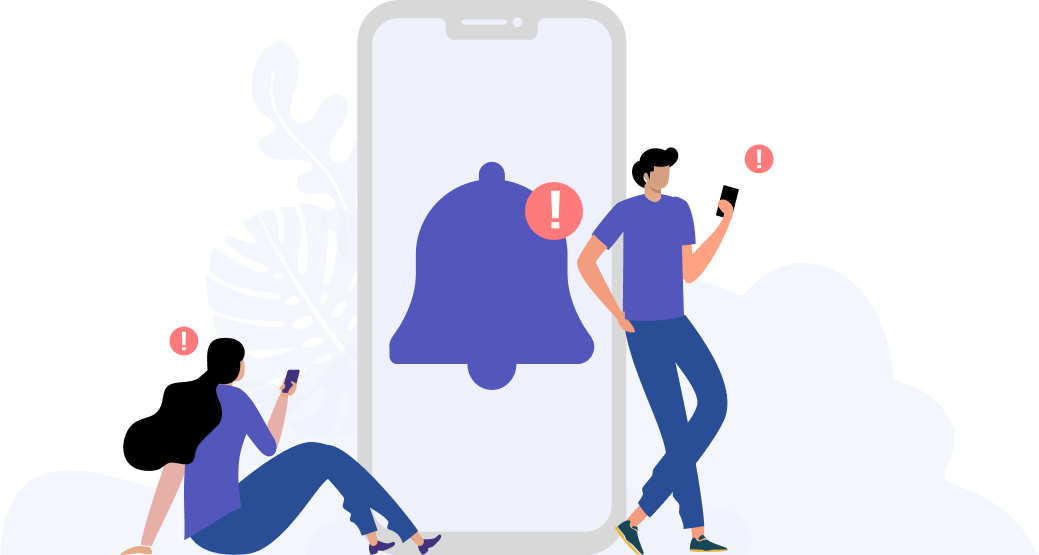Getting your child’s eyes checked may be the difference between that A+ and B
We all want the best for our kids – and that includes academic excellence (no harm admitting it – we are all Tiger mums and dads here). We pay for tuition and extracurriculars to ensure that they are getting all the help they need, in the hopes of setting them up for success later in life.
For young children (primary school), a lot of time is spent away from home and is typically where they experience a structured school curriculum for the first time. A major part of this curriculum consists of educational activities that require optimal eyesight. However, did you know that at least 1 in 10 children have avoidable vision problems that may affect their learning?

Of your five senses, eyesight plays the biggest role in learning
Most people don’t realize the sheer amount of work we put our eyes through everyday, and especially in school. In fact, an astounding 80% of learning occurs through sight alone. The paper shows that since a large portion of classroom activities are based on visual cues, in order for a child to perform optimally at school, an important requirement is a well-developed visual system.
Listed below are some examples of near and distance vision tasks.
Examples of visual input from a near distance:
reading from a book
writing in workbooks and other printed materials
learning from tablet computers
using computers during Information and Communications Technology (ICT) lessons
Examples of visual input from a far distance:
copying down notes from the whiteboard
looking at a presentation on the projector or smart-board
playing team sports during Physical Education (P.E.) classes where children have to have good distance vision and hand-eye coordination
The importance of detecting and treating vision problems
A research trial conducted in 2014, showed that corrected (spectacles) eyesight in children led to a significant improvement in their maths exam results equivalent to half a semester’s worth of extra learning. This reiterates the importance of screening children for vision problems to ensure they are corrected or treated in a timely fashion.

Myopia, also known as near- or short-sightedness, is one of the most common vision problems in children, where objects further away appear blurry. Undetected and uncorrected myopia can affect children’s ability to learn in school, thus affecting academic performance.
Children with uncorrected myopia may find it hard to concentrate in school or keep up with the rest of their classmates, because they are unable to follow written instructions on the whiteboard, disrupting their early learning development. They may also suffer from a loss of confidence as they avoid recreational activities that require distance vision, such as team sports like soccer or basketball.

What should you do?
Having optimal eyesight is one component that assists in achieving academic success. One important way of achieving this is to ensure that children are having regular and timely eye checks. To make things simple for parents, Plano has developed planoeyecheck, which is an easy-to-use online platform that allows you to make a booking with your nearest optometrist.
Tools Designed for Healthier Eyes
Explore our specifically designed products and services backed by eye health professionals to help keep your children safe online and their eyes healthy.





